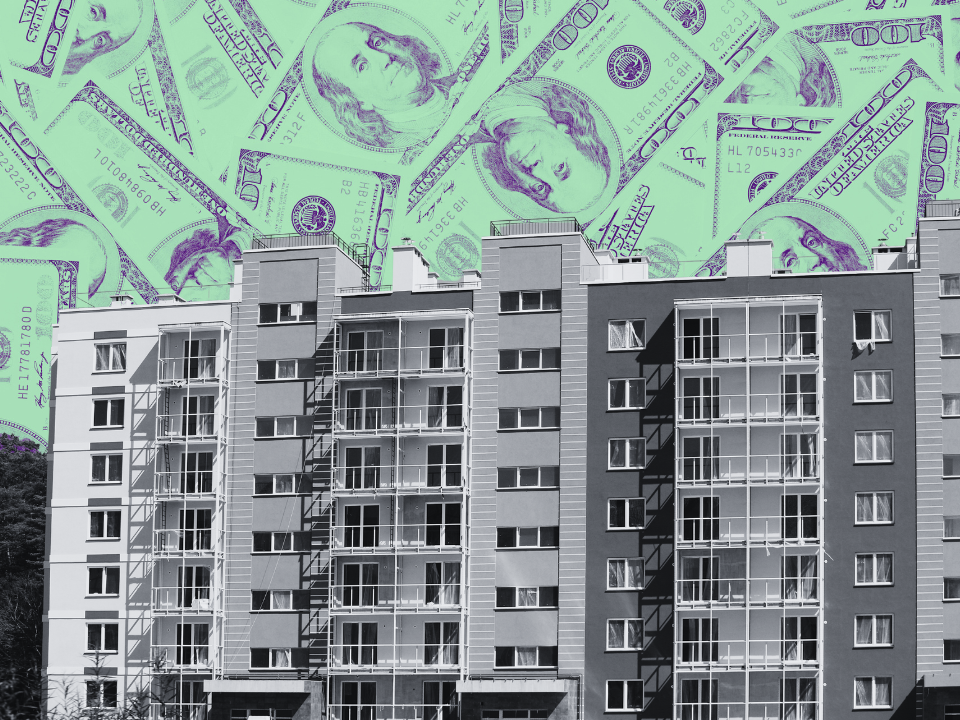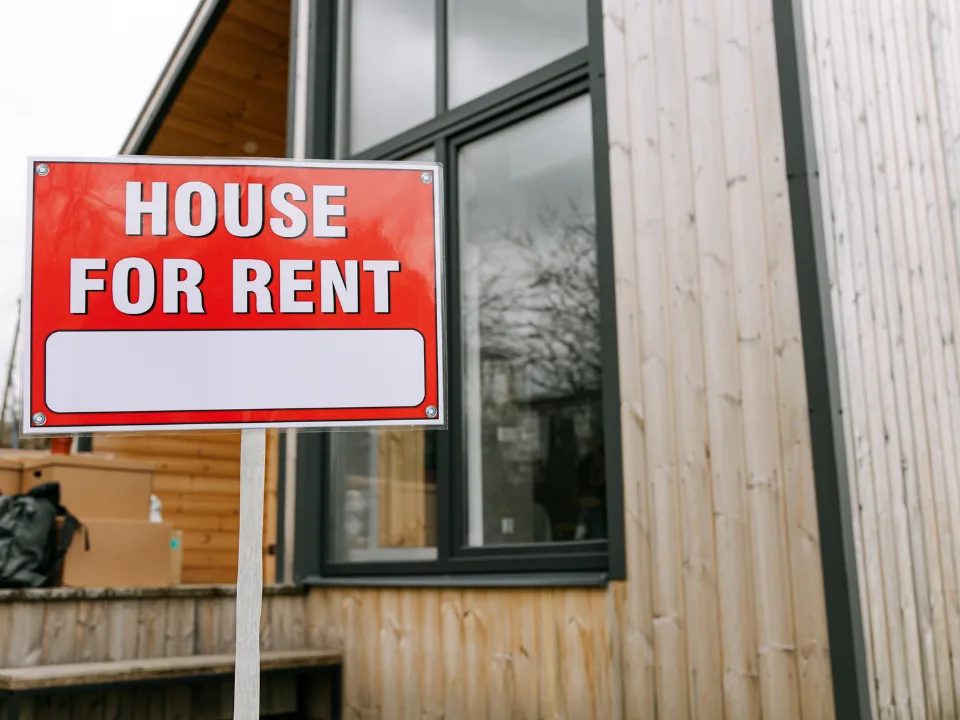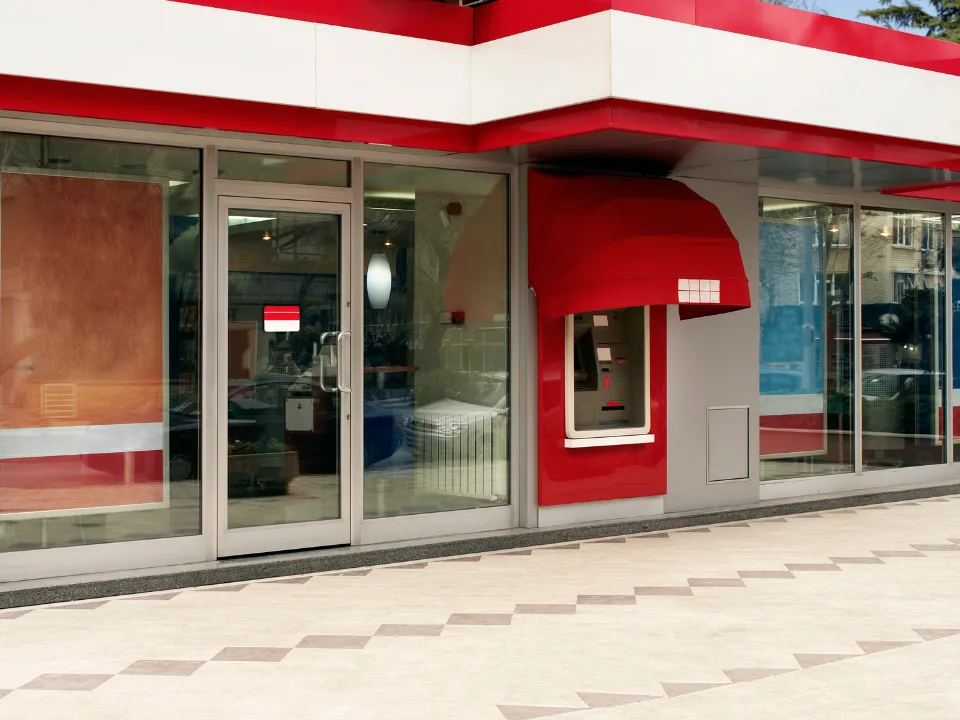- The latest Moody’s CRE multifamily update reveals performance metrics of 82 primary multifamily markets.
- The Northeast notched a 49 bps increase in effective multifamily revenue, as the Southern Atlantic and Midwest witnessed declines.
- Vacancy rates varied, with the Northeast recording a 10-bp drop, while the Southwest showed a 10-bp gain.
A recent report on GlobeSt.com highlights Moody’s ranking of multifamily performance by region, based on year-to-date effective revenue changes across 82 markets.
Regional Revenue Variations
The Northeast stood out as a revenue winner, boasting a 49 bps gain in effective revenue. Other regions, like the Southern Atlantic, Midwest, Southwest, and West reported 10–59-bp revenue drops. Nationally, YTD multifamily revenue was down 19 bps.
The top five markets for revenue-per-unit gains were New Haven, CT (1.5% YTD increase); Long Island, NY (1.4%); Wichita, KS (1.3%); Nashville, TN (1.2%); and Greenville, SC (1.1% increase).
Meanwhile, the bottom five markets were all in Southern Atlantic and Midwest: Tulsa, OK (-2.3% YTD); Austin, TX (-2.1%); Colorado Springs, CO (-1.9%); Orange County, CA (-1.6%); and Providence, RI (-1.5%).
Changing Vacancy Rates
Vacancy rates also varied regionally, with the Northeast witnessing a 10-bp decrease, compared to the Southwest’s 10-bps increase.
Unsurprisingly, there was a direct relationship between higher revenues and lower vacancy rates. New Haven and Nashville saw vacancy rates go down by 20 bps, while Orange County and Austin’s vacancy rates went up by 50 bps.
A handful of markets, like Colorado Springs, enjoyed a 10-bp vacancy rate drop despite lower effective revenues.
Changes in both effective rents and occupancy rates also drove effective revenue up or down. In Greenville, for example, higher rents contributed to 86.4% of the region’s YTD revenue growth, while vacancy changes contributed 13.6%. Meanwhile, in Long Island, higher rents accounted for 104.2% of revenue gains, while higher vacancy rates worked against regional revenue (-4.2%).
Why It Matters
According to Moody’s analysts, “lower effective revenue all comes down to perspective…Real estate is, of course, a cyclical industry, and considering [Tier 1 cities with lower revenue, like Austin] continue to benefit from favorable employment and population conditions, it’s just a matter of time before the pendulum swings back in the other direction.”

















